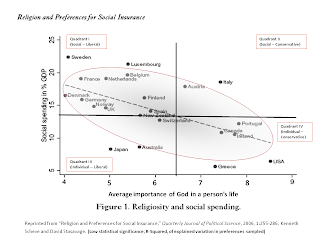Much of
the current Silicon Valley M&A activity is the related to the
digitization of Industrial America with social interactivity. The developments
are creating new segments within industry including distribution channels. This
digital segmentation is also creating pricing opportunities in response to
financial earnings pressures and future value. Television is where the
M&A caused disorder is most evitable. Technology has enhanced media
content and digital has created multiple avenues to distribute content against
existing broadcast systems. From traditional broadcast TV to cable TV to
satellite TV to wifi video streaming, digital segmentation is making video
content available for all customer viewing experiences of technology usage: the
desktop PC, laptops, tablets, phones, television, and other mobility devices.
Telecoms
traditionally are primed to focus on digital platform system traffic
categorized as talk, text and data. M&A activity such as Verizon +
Yahoo and AT&T + Direct TV + Time Warner are varied examples of data
strategies of content focus. Verizon targeting social media communications of
video with news, blogging, opinion talk and text. AT&T targeting video
content data usage from satellite TV premium programming of pay TV for internet
technology. Thus, creating channel specific content development based upon
segment pricing for the various blocks of programming such as sports, politics,
news, and the various genres of movie making providing other revenue sources in
addition to the traditional advertising business model.
In
essence, a cable TV and satellite TV distribution strategy using the multitude
of content with pricing strategies to group content and digital channels of
distribution to usage experiences. AT&T’s strategy appears that of a
vertically integrated telecom with TV network capabilities applied to the
digital segmentation created by expanding technology for influence over content
creation. An increasing international demand for American big budget movie
productions (primarily China) will impact segmented distribution strategies by
the sheer volume of a combined American and Chinese audience and distribution
channel economics.



























